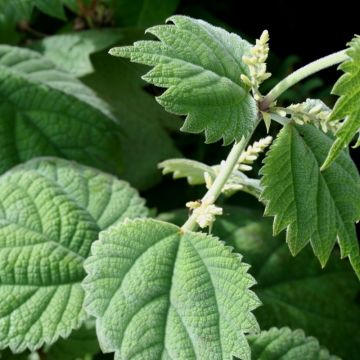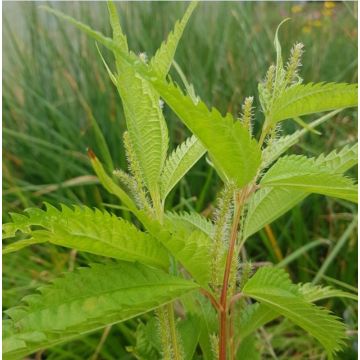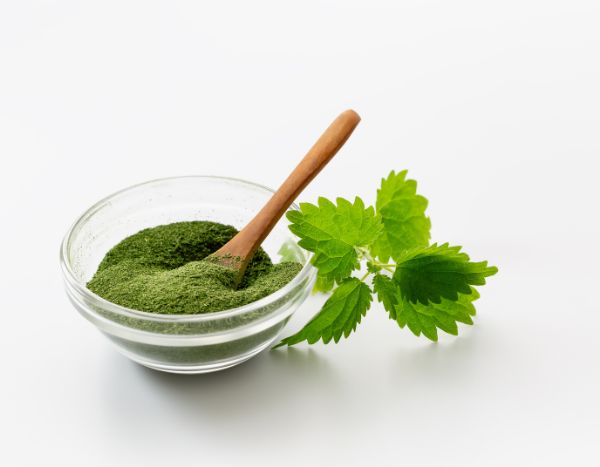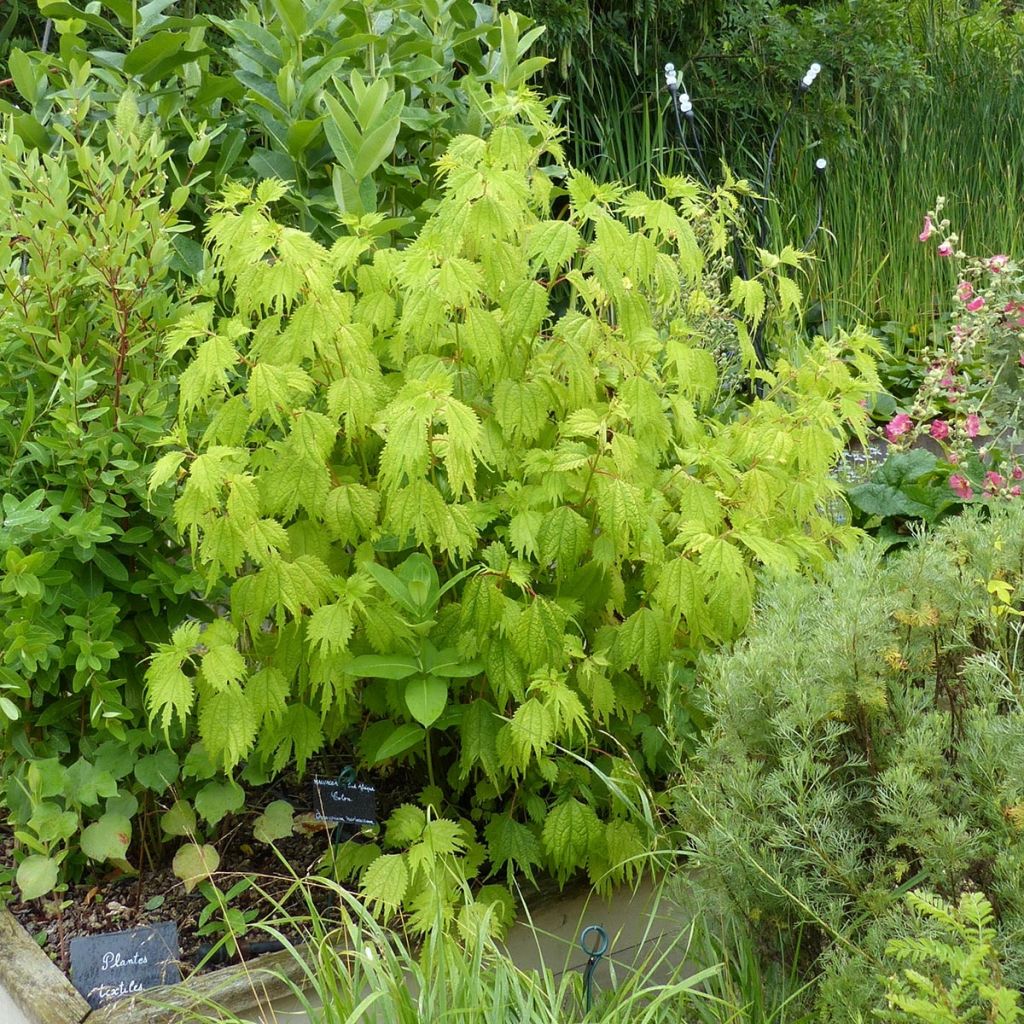

Boehmeria tricuspis - False Nettle
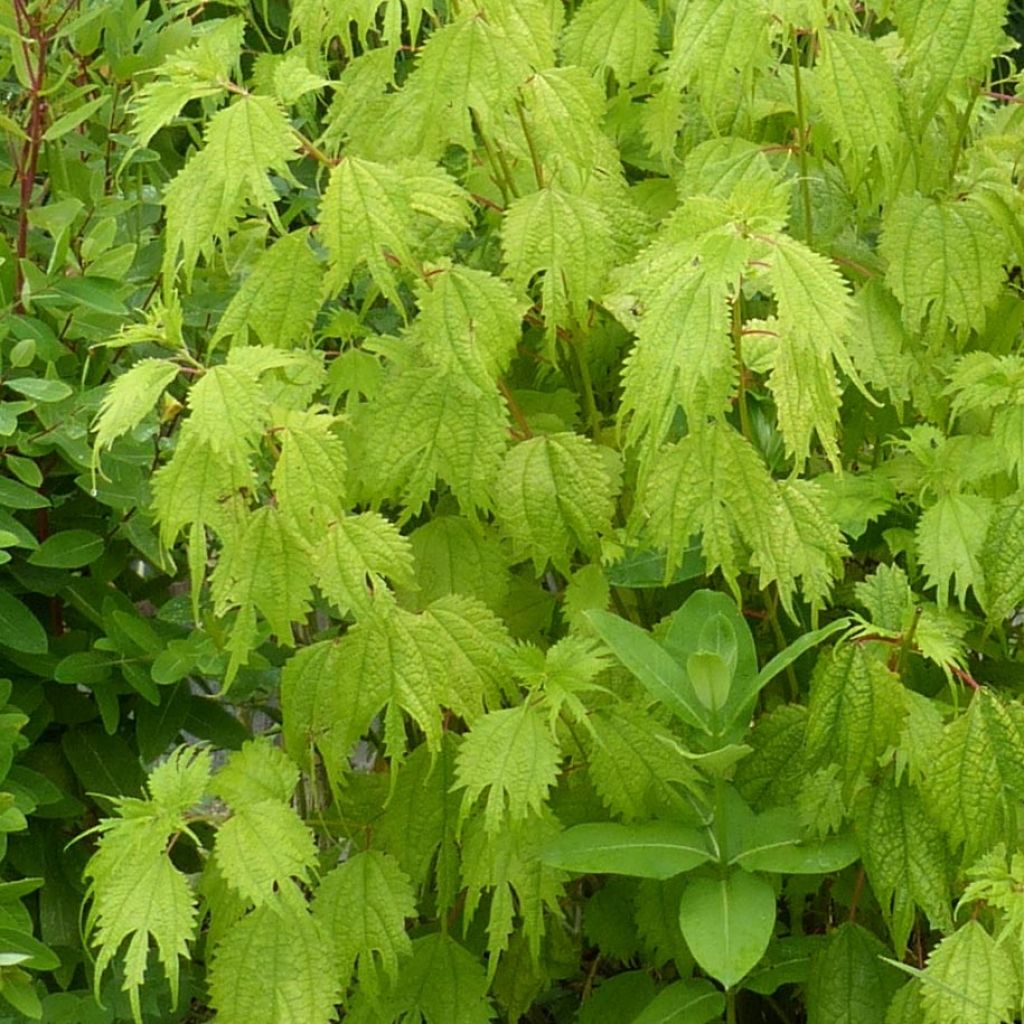

Boehmeria tricuspis - False Nettle
Boehmeria tricuspis - False Nettle
Boehmeria tricuspis
False nettle
Special offer!
Receive a €20 voucher for any order over €90 (excluding delivery costs, credit notes, and plastic-free options)!
1- Add your favorite plants to your cart.
2- Once you have reached €90, confirm your order (you can even choose the delivery date!).
3- As soon as your order is shipped, you will receive an email containing your voucher code, valid for 3 months (90 days).
Your voucher is unique and can only be used once, for any order with a minimum value of €20, excluding delivery costs.
Can be combined with other current offers, non-divisible and non-refundable.
Why not try an alternative variety in stock?
View all →This plant carries a 12 months recovery warranty
More information
We guarantee the quality of our plants for a full growing cycle, and will replace at our expense any plant that fails to recover under normal climatic and planting conditions.
Would this plant suit my garden?
Set up your Plantfit profile →
Description
Boehmeria tricuspis is part of a group of perennial plants close to nettles but without the sting. Cultivated for their lush vegetation, it has a modest habit, but its foliage is a vibrant green, finely cut into a trident shape, with a texture that is both delicate and astonishing. Like its relatives, it brings life to the cool and shady areas of the garden and enhances the beauty of neighbouring plants. This species is perfectly resistant to cold, down to -15°C (5°F). Still not widely planted, Boehmeria plants are robust perennials that grow quickly. Primarily cultivated for their foliage, their flowers also adds a discreet touch of elegance to the back of flower beds.
Boehmeria tricuspis belongs to the family of Urticaceae. The plant is naturally found in China and Japan. There, it can be found in thickets on the edge of forests, along streams and in hills and mountains at altitudes ranging from 500 to 1,400 meters (547 to 1531 yards). It is a deciduous herbaceous perennial plant in winter. Vegetation appears in spring and dries up in autumn. It consists of single or branched stems, forming a clump with a relaxed habit, about 40 to 50 cm (16 to 20in) in all directions. The stems, reddish in colour, bear opposite leaves, generally triangular in shape, divided into 3 strongly toothed lobes, with the middle lobe much longer than the two lateral lobes. Their colour is a light and vibrant green. The flowers are quite subtle, and appear in August-September, in the axils of the upper leaves. The tiny flowers are white-pink in colour and are arranged in small upright spikes. Male and female flowers usually appear on separate individuals. They are pollinated by the wind.
Boehmeria tricuspis is a very interesting plant to bring life to slightly shaded areas, in humus-rich and damp soil, in the company of ferns, Cimicifuga (Bugbanes), Filipendula (Meadowsweets), and lush Rodgersia plants, for example. It is also beautiful in flower beds, adding volume and working wonders alongside other flowering plants. Hydrangeas, kalmias, and other acid-loving shrubs will also be enhanced by its bright foliage.
Report an error about the product description
Boehmeria tricuspis - False Nettle in pictures
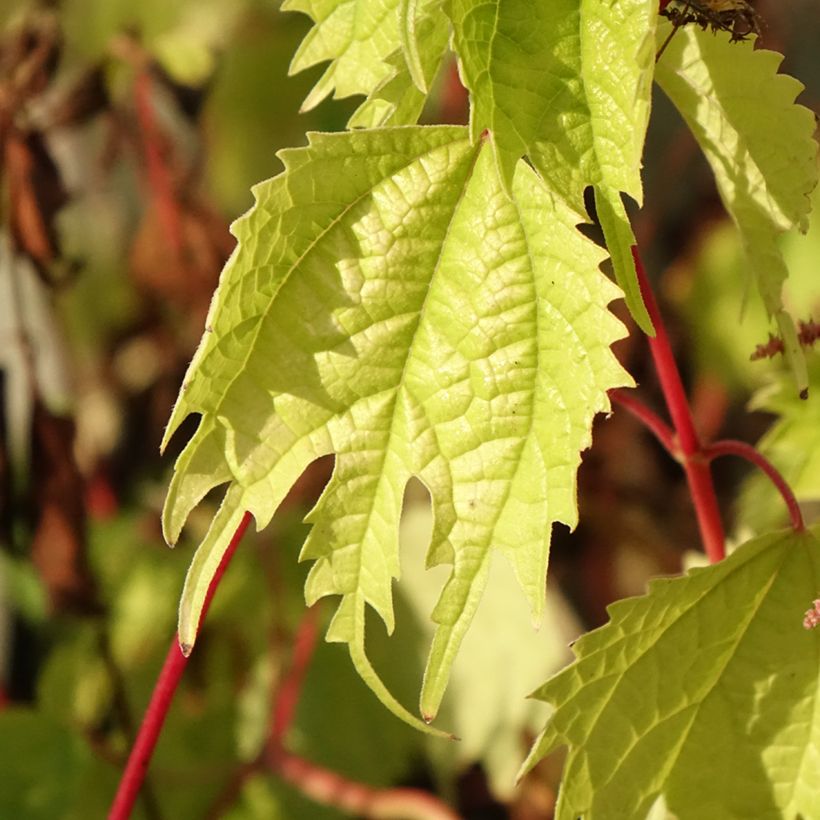

Flowering
Foliage
Plant habit
Botanical data
Boehmeria
tricuspis
Urticaceae
False nettle
East Asia
Other Boehmeria
View all →Planting and care
Boehmeria tricuspis prefers shade or partial shade and humus-rich soils that remaining moist even in summer, just like the nettle. This perennial adapts to any soil rich in humus or compost, preferably non-calcareous. It is hardy to -15 °C (5°F) at minimum. Watch out for attacks from slugs and other snails.
Planting period
Intended location
Care
Planting & care advice
This item has not been reviewed yet - be the first to leave a review about it.
Haven't found what you were looking for?
Hardiness is the lowest winter temperature a plant can endure without suffering serious damage or even dying. However, hardiness is affected by location (a sheltered area, such as a patio), protection (winter cover) and soil type (hardiness is improved by well-drained soil).

Photo Sharing Terms & Conditions
In order to encourage gardeners to interact and share their experiences, Promesse de fleurs offers various media enabling content to be uploaded onto its Site - in particular via the ‘Photo sharing’ module.
The User agrees to refrain from:
- Posting any content that is illegal, prejudicial, insulting, racist, inciteful to hatred, revisionist, contrary to public decency, that infringes on privacy or on the privacy rights of third parties, in particular the publicity rights of persons and goods, intellectual property rights, or the right to privacy.
- Submitting content on behalf of a third party;
- Impersonate the identity of a third party and/or publish any personal information about a third party;
In general, the User undertakes to refrain from any unethical behaviour.
All Content (in particular text, comments, files, images, photos, videos, creative works, etc.), which may be subject to property or intellectual property rights, image or other private rights, shall remain the property of the User, subject to the limited rights granted by the terms of the licence granted by Promesse de fleurs as stated below. Users are at liberty to publish or not to publish such Content on the Site, notably via the ‘Photo Sharing’ facility, and accept that this Content shall be made public and freely accessible, notably on the Internet.
Users further acknowledge, undertake to have ,and guarantee that they hold all necessary rights and permissions to publish such material on the Site, in particular with regard to the legislation in force pertaining to any privacy, property, intellectual property, image, or contractual rights, or rights of any other nature. By publishing such Content on the Site, Users acknowledge accepting full liability as publishers of the Content within the meaning of the law, and grant Promesse de fleurs, free of charge, an inclusive, worldwide licence for the said Content for the entire duration of its publication, including all reproduction, representation, up/downloading, displaying, performing, transmission, and storage rights.
Users also grant permission for their name to be linked to the Content and accept that this link may not always be made available.
By engaging in posting material, Users consent to their Content becoming automatically accessible on the Internet, in particular on other sites and/or blogs and/or web pages of the Promesse de fleurs site, including in particular social pages and the Promesse de fleurs catalogue.
Users may secure the removal of entrusted content free of charge by issuing a simple request via our contact form.
The flowering period indicated on our website applies to countries and regions located in USDA zone 8 (France, the United Kingdom, Ireland, the Netherlands, etc.)
It will vary according to where you live:
- In zones 9 to 10 (Italy, Spain, Greece, etc.), flowering will occur about 2 to 4 weeks earlier.
- In zones 6 to 7 (Germany, Poland, Slovenia, and lower mountainous regions), flowering will be delayed by 2 to 3 weeks.
- In zone 5 (Central Europe, Scandinavia), blooming will be delayed by 3 to 5 weeks.
In temperate climates, pruning of spring-flowering shrubs (forsythia, spireas, etc.) should be done just after flowering.
Pruning of summer-flowering shrubs (Indian Lilac, Perovskia, etc.) can be done in winter or spring.
In cold regions as well as with frost-sensitive plants, avoid pruning too early when severe frosts may still occur.
The planting period indicated on our website applies to countries and regions located in USDA zone 8 (France, United Kingdom, Ireland, Netherlands).
It will vary according to where you live:
- In Mediterranean zones (Marseille, Madrid, Milan, etc.), autumn and winter are the best planting periods.
- In continental zones (Strasbourg, Munich, Vienna, etc.), delay planting by 2 to 3 weeks in spring and bring it forward by 2 to 4 weeks in autumn.
- In mountainous regions (the Alps, Pyrenees, Carpathians, etc.), it is best to plant in late spring (May-June) or late summer (August-September).
The harvesting period indicated on our website applies to countries and regions in USDA zone 8 (France, England, Ireland, the Netherlands).
In colder areas (Scandinavia, Poland, Austria...) fruit and vegetable harvests are likely to be delayed by 3-4 weeks.
In warmer areas (Italy, Spain, Greece, etc.), harvesting will probably take place earlier, depending on weather conditions.
The sowing periods indicated on our website apply to countries and regions within USDA Zone 8 (France, UK, Ireland, Netherlands).
In colder areas (Scandinavia, Poland, Austria...), delay any outdoor sowing by 3-4 weeks, or sow under glass.
In warmer climes (Italy, Spain, Greece, etc.), bring outdoor sowing forward by a few weeks.






























